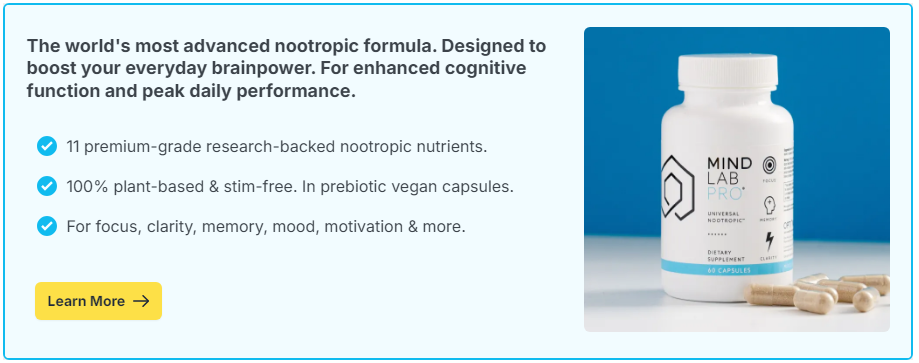
You’ve heard the phrase “like watching paint dry”—usually meant as the ultimate dig at something boring. But what if we’ve been underestimating boredom? What if watching paint dry—or doing absolutely nothing—isn’t a waste of time, but a neurological gift?
In a world designed for constant stimulation, stillness has become uncomfortable. We reach for phones in elevators. We multitask while brushing teeth. We scroll through dinner. The result? Our brains rarely get a moment to idle. And that’s a problem—because idleness isn’t laziness. It’s recovery. It’s integration. It’s where insight, emotional regulation, and creativity quietly begin.
Yes, watching paint dry might be the most low-tech mental health strategy you didn’t know you needed. Here’s why.
Contents
What Happens in the Brain During Stillness?
When you’re not focused on an external task—no input, no output—your brain activates something called the default mode network (DMN). This network includes regions like the:
- Medial prefrontal cortex – linked to self-reflection
- Posterior cingulate cortex – associated with memory and perspective
- Angular gyrus – involved in conceptual understanding
The DMN turns on when we’re daydreaming, mind-wandering, or engaging in quiet introspection. It’s your brain’s background processing mode—and it’s critical for long-term cognitive function.
Why Doing Nothing Helps You Process Everything
Stillness allows your mind to sift through the backlog of stimuli, thoughts, and emotions you accumulate throughout the day. This process has several important benefits:
- Emotional regulation: Downtime lets your nervous system shift from fight-or-flight to rest-and-digest.
- Memory consolidation: Quiet moments help store and structure recent experiences.
- Creative insight: Solutions often arise when the conscious mind stops actively thinking.
- Perspective-taking: Idleness fosters deeper reflection and broader thinking.
These benefits don’t require meditation, journaling, or a yoga mat. Sometimes, they begin when you stare out a window—or yes, when you watch paint dry.
The Problem with Perpetual Input
We live in what neuroscientists call a high-noise cognitive environment. Our brains are flooded with notifications, background noise, and visual clutter. Even in “downtime,” we consume more—scrolling, swiping, watching.
This Creates Several Cognitive Challenges:
- Attentional fatigue: The prefrontal cortex wears down from constant focus shifts.
- Reduced creativity: The brain needs boredom and silence to form novel ideas.
- Emotional dysregulation: Constant input prevents emotional processing and recovery.
Stillness isn’t just restful—it’s essential.
Why Watching Paint Dry Feels Uncomfortable
It’s not that stillness is inherently unpleasant. It’s that we’ve become unaccustomed to it. Our tolerance for “empty” moments has eroded.
When you sit in stillness, your brain may react with:
- Restlessness: A surge of cortisol as the body anticipates action
- Craving: A spike in dopamine-seeking behavior (e.g., checking your phone)
- Emotional discomfort: Thoughts or feelings you’ve been avoiding start to surface
But if you ride out that discomfort, something shifts. The nervous system downshifts. Thoughts become clearer. Emotions soften. You begin to think slower—and more deeply.
Micro-Stillness: Finding Peace in Small Moments
You don’t need a meditation retreat to reap the benefits of stillness. You just need to create space.
Examples of Intentional Stillness:
- Sitting on a bench without your phone
- Drinking tea in silence
- Looking at clouds, trees, or yes—wet paint
- Turning off music during your commute
These “gaps” in stimulation give your brain room to reset. They lower stress hormones, reduce mental clutter, and improve focus over time.
Stillness as a Creativity Engine
You may have noticed that your best ideas often arrive in the shower, during a walk, or when you’re zoning out. That’s not a coincidence.
When the executive brain steps aside, the subconscious gets to work. The default mode network pulls together seemingly unrelated pieces—memories, experiences, concepts—and assembles them into something new.
In this way, watching paint dry isn’t boring—it’s incubation. Your brain is working quietly behind the scenes.
Can Nootropics Support Mental Stillness?
While nootropics are often associated with cognitive stimulation, certain compounds may actually help promote a clear, calm mental state—making stillness more accessible and restorative.
Nootropics That May Enhance Restorative Stillness:
- L-Theanine: Promotes alpha brain waves associated with relaxed alertness
- Ashwagandha: Supports a balanced stress response and nervous system regulation
- Citicoline: Helps clear cognitive fog and support reflective thought
- Rhodiola Rosea: Can reduce fatigue while promoting calm mental clarity
Combined with intentional stillness practices, these nootropics can enhance your brain’s ability to recover and regenerate between periods of high focus.
Stillness isn’t the absence of thought—it’s the space for thought to breathe. In a culture that celebrates productivity and pace, sitting quietly might be the most radical thing you do all day. Whether it’s staring at a wall, sipping tea, or watching paint dry, these moments aren’t empty—they’re fertile. They’re where your brain restores, reflects, and prepares for what comes next.
So the next time someone scoffs at the idea of watching paint dry, smile—and let them know you’re doing some of your brain’s best work.

